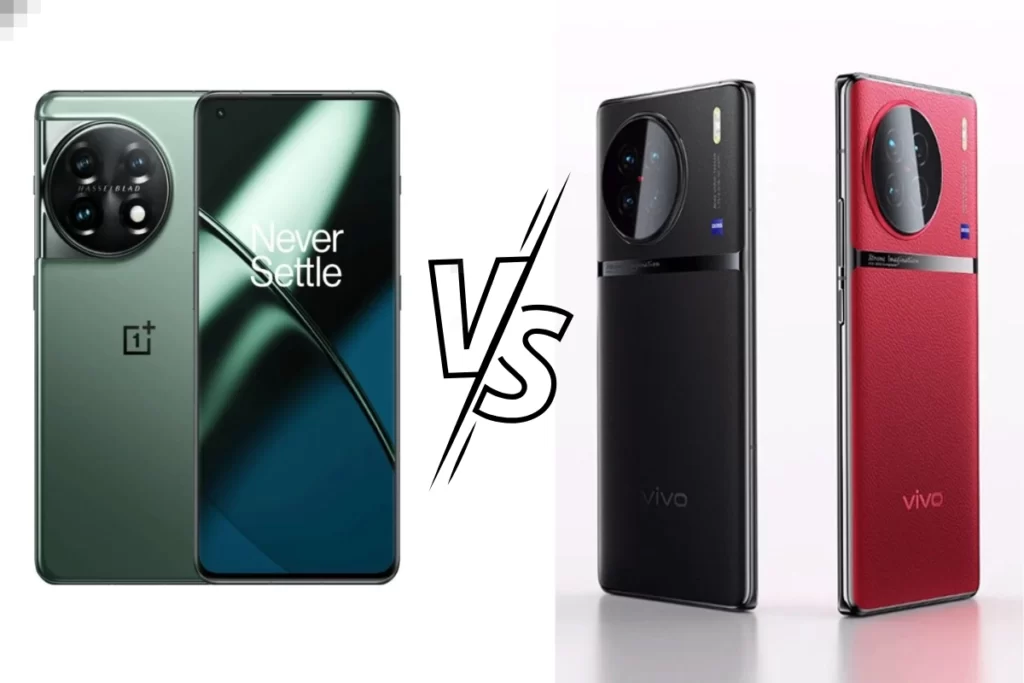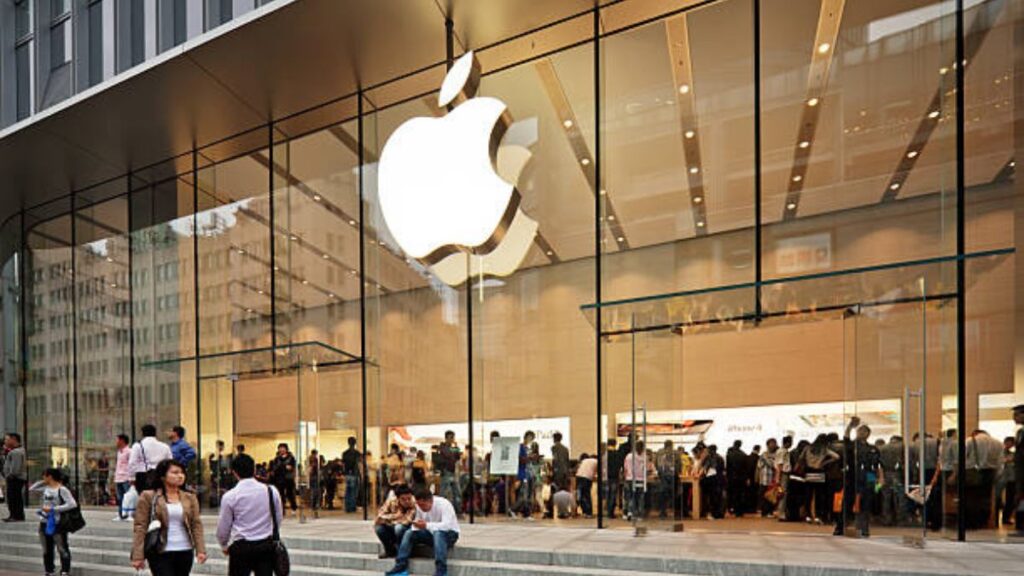India is getting ready to join the 5G network.
The central government approved a proposal on Wednesday to auction high-speed fifth-generation (5G) telecom spectrum for 20 years by the end of July, in the ever-expanding world of metaverse. The Union Cabinet has approved the auction of 72 GHz spectrum, which marks the start of the country’s next generational network connection.
Spectrum in the Low (600 MHz, 700 MHz, 800 MHz, 900 MHz, 1800 MHz, 2100 MHz, 2300 MHz), Mid (3300 MHz), and High (26 GHz) frequency bands will be auctioned. By the end of July, the auction will be underway.
The telecom industry is expected to shell out around Rs 1-1.1 lakh crore on the 5G auction, according to a rating agency.
What is the 5G spectrum?
I5G, or fifth-generation wireless, is the most recent iteration of mobile technology, designed to improve the speed and responsiveness of wireless networks dramatically. According to news reports, 5G will increase bandwidth by utilising more spectrum resources. 5G can operate in both lower bands (e.g., sub-6 GHz) and mmWave (e.g., 24 GHz and up) and will bring extreme capacity, multi-Gbps throughput, and low latency.
First launch of 5G
South Korea was the first country to implement a 5G network in 2019. Except for South Korea, 5G technology is used in China, the United States, the United Kingdom, the Philippines, Canada, Spain, Italy, Germany, and Saudi Arabia.
5G roll-out in India
In India, 13 cities will receive 5G service in the beginning. According to the Department of Telecommunications, these 13 cities are Ahmedabad, Bengaluru, Chandigarh, Chennai, Delhi, Gandhinagar, Gurugram, Hyderabad, Jamnagar, Kolkata, Lucknow, Mumbai, and Pune (DoT).
5G test bed
For the Indigenous 5G (/topic/5g) Test bed project, the Department of Transportation has partnered with eight organisations. IIT Bombay, IIT Delhi, IIT Hyderabad, IIT Madras, IIT Kanpur, Indian Institute of Science (IISC) Bangalore, Society for Applied Microwave Electronics Engineering and Research (SAMEER), and Centre of Excellence in Wireless Technology are among these organisations (CEWiT). The project began in the year 2018.
5G Benefits
Analysts estimate that 5G will be about ten times faster than the current 4G network. This network will enable a larger number of devices to connect to a faster mobile network in a smaller area while maintaining the same level of speed.
Because of the increased bandwidth, video streaming over 5G will be faster, as many people watch online videos.
5G will also aid in the facilitation of quick online payments, with industry experts claiming that 5G is more resistant to malware and device jamming. As a result, it may improve network security.
Domestic Touch
The goal of the Centre is to develop 5G technology in the United States. It has boosted activity in the sector by providing production-linked incentives (PLIs) for the manufacture of mobile handsets, telecom equipment, and chips, all of which are expected to help with the 5G rollout.
In May, Prime Minister Narendra Modi launched India’s 5G test bed for industry to test products locally at a cost of Rs 200 crore, in an effort to reduce reliance on foreign facilities.
In India, major telecom operators such as Bharti Airtel, Vodafone Idea, and Reliance Jio have already conducted 5G trials, and several smartphone manufacturers have been selling 5G-enabled smartphones for more than a year.
The advent of 6G
PM Modi also stated that a task force has been formed to help India launch 6G services by the end of the decade.
On Wednesday, the government decided to allow the creation and development of Private Captive Networks in order to spur a new wave of ‘Industry 4.0’ applications such as machine-to-machine communications, Internet of Things (IoT), and Artificial Intelligence (AI) in the automotive, health-care, agriculture, energy, and other sectors.
The majority of Indian mobile phone users are currently connected to a 4G network. According to government estimates, the 5G network will be ten times faster than the current 4G network.
In 2012, Bharti Airtel was the first telco to launch a 4G network. Later, other telecommunications companies began to roll out 4G networks. The 3G network was replaced by the 4G network. 4G was significantly faster than 3G, which had a maximum speed of 14mbps. 4G speeds can reach 100 megabits per second.
ALSO READ: Google is starting to remove the Movies & TV tab from the Google Play Store on Android



